Just under seven weeks away from the 2014 En Primeur week, and there are some positive signs that France’s biggest fine wine region might be experiencing a reversal of fortunes. The ex-cellar Mouton Rothschild sale held by Sotheby’s in Hong Kong last week saw bottles going for double the pre-auction estimate, something that hasn’t happened with Bordeaux wine for quite some time. And while the euro exchange rate might be causing misery in prime ministers offices all over Europe, but it’s got to be offering some relief to wine salesman looking to put a good spin on 2014 prices when the chateaux (let’s face it) don’t lower their prices quite as much as everyone would like.
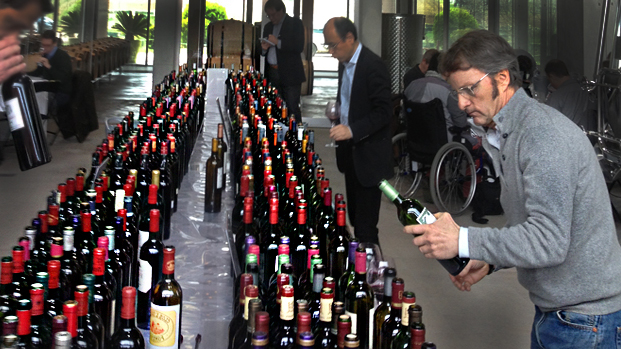
Now what the UGC needs is good weather for the tasting week itself (that high pressure dry air that famously helps elevate not only spirits of the tasters but their abilities also), and for no major PR disasters to strike between now and the week of March 30th, when the majority of the expected 5,000 tasters roll in to town.
What they don’t need, it is fair to say, are three of their biggest draws announcing that they are taking their wines out of the communal tastings that group chateaux and appellations together - so southern Médoc, northern Médoc, Sauternes and so on - into one room and that form the backbone of the Union des Grands Crus de Bordeaux (UGC)’s week. Unfortunately, Château Haut-Bailly in Pessac Léognan, Château La Conseillante in Pomerol and Château Figeac in Saint Emilion have all done just that, and announced that they will be showing their 2014 vintage only at the château itself, meaning that for the first time they will not be present for the UGC version.
You may well roll your eyes at this point. For those outside of the trade who don’t come to Bordeaux to taste the wines, but instead wait patiently for critics and wine buyers to stroke their chins, spit out their remnants and offer their prognosis, what does it matter if they have to expend a little more time and a little more petrol to do so?
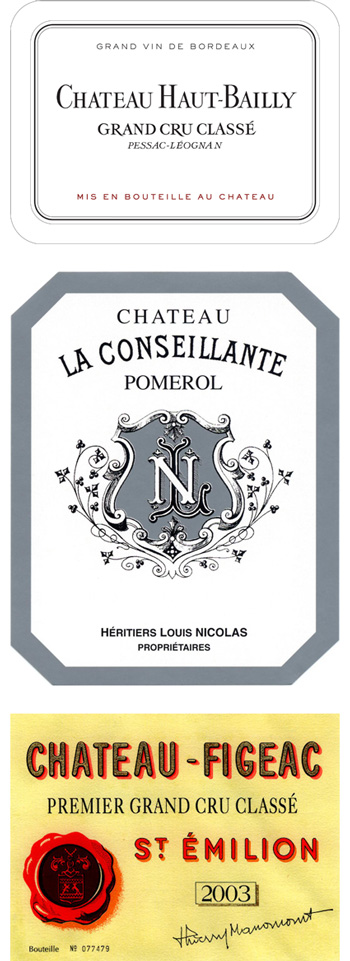
Well, for one thing it’s an indication of discord within Bordeaux just exactly at a time when it needs to be pulling together. The quality of the wines is looking good for the 2014 vintage, but it will take a lot more than that to convince a skeptical public to come back to En Primeur, and it would certainly help if Bordeaux gave a better impression of being united in wanting them to. Figeac, La Conseillante and Haut-Bailly have underlined that they will still be participating in UGC events through the rest of the year, and that they are not trying to upset their relationship with what is effectively a marketing group for their wines, but that they simply want, as Jean-Michel Laporte of La Conseillante put it, ‘better control over the wines that are to be tasted (during the primeurs) because the stakes are so high’.
I spoke with UGC president Olivier Bernard of Domaine de Chevalier to find out what the official reaction to all this was. He was just back in Bordeaux after a UGC tour of the States (one of around 80 overseas tastings organised by the group each year), and I expected him to be reassuring and accommodating to châteaux that were, after all, still members of the group. Instead he made it quite clear that the move was ‘disappointing’.
‘These châteaux have taken individual decisions within a collective environment,’ said Bernard. ‘The UGC is here to help tasters who come to Bordeaux from all over the world, and these estates are adding to organisational difficulties for those who do so. It is their choice of course, but it is getting dangerously close to mission impossible to cover all châteaux in one week and there are clearly limits to what we can expect people to do. Spend just 15 minutes at each one, count driving in between, and all of a sudden you need two weeks to do the job properly.’
When Bernard was elected president back in 2012, I remember having exactly this conversation with him. Things were looking positive at the time, as despite the recent high profile exit of Pontet-Canet from the UGC (they told me their biodynamic wine should not be tasted alongside non-biodynamic ones), Xavier Borie at Grand Puy Lacoste had just come back to the group after almost 25 years away.
And yet three years on and although overall numbers are up (93 classified members of UGC in 2015 compared to 90 in 2005), the big names keep peeling away. As soon as they became First Growths, Angélus and Pavie began tasting only at the chateau, and it seems that anyone with an eye on promotion or prestige wants to get tasters into a controlled environment.
‘During the communal tastings certain chateaux feel their wines don’t show as well as they might if they received the tasters in their own chateaux,' Bernard continued, 'talking them through the vintage and setting the scene, as the First Growths have always done. But each château prepares its own samples for the UGC tastings just as much as at their own properties, and they are perfectly capable of ensuring those samples are correct. It's a frustration because everyone benefits from the tastings organised by the UGC - it is what brings people to Bordeaux to showcase the new vintage in the first place'.
For the châteaux, it's clearly a frustration worth taking a risk on, even if this year En Primeur will last just four instead of five days because of the Easter holidays, making individual appointments even more difficult to manage. But until scores are no longer determinant of prices, who can blame them for wanting to show tasters their best face? The onus, perhaps, is on the UGC to provide exceptional conditions within the communal tastings so châteaux don’t feel they are being penalised by being part of them; And the bigger challenge in this most delicate of En Primeur years is to avoid giving the impression of a system struggling under the weight of its own importance, and worse that Bordeaux is operating on its own timescales and needs rather than those of its customers.
The big names you have to make separate appointments for...
Chateaux Petrus, Le Pin, Ausone, Cheval Blanc, Angelus, Pavie, Vieux Chateau Certan, Mouton, Lafite, Haut Brion, Latour, Margaux, Leoville Las Cases, Calon Segur, Pontet Canet, Montrose, Cos d'Estournel, Ducru Beaucaillou, La Conseillante, Figeac, Haut Bailly. 
Columnist Introduction
Jane Anson is Bordeaux correspondent for Decanter, and has lived in the region since 2003. She is author of Bordeaux Legends, a history of the First Growth wines (October 2012 Editions de la Martiniere), the Bordeaux and Southwest France author of The Wine Opus and 1000 Great Wines That Won’t Cost A Fortune (both Dorling Kindersley, 2010 and 2011). Anson is contributing writer of the Michelin Green Guide to the Wine Regions of France (March 2010, Michelin Publications), and writes a monthly wine column for the South China Morning Post in Hong Kong, where she lived from 1994 to 1997. Winner of Prix Baron Philippe de Rothschild and graduate of DUAD tasting diploma with Bordeaux Institute of Oenology. Accredited wine teacher at the Bordeaux Ecole du Vin, with a Masters in publishing from University College London.
Click here to read all articles by Jane Anson>>
- Follow us on Weibo @Decanter醇鉴 and Facebook
and Facebook for most recent news and updates -
for most recent news and updates -
All rights reserved by Future plc. No part of this publication may be reproduced, distributed or transmitted in any form or by any means without the prior written permission of Decanter.
Only Official Media Partners (see About us) of DecanterChina.com may republish part of the content from the site without prior permission under strict Terms & Conditions. Contact china@decanter.com to learn about how to become an Official Media Partner of DecanterChina.com.

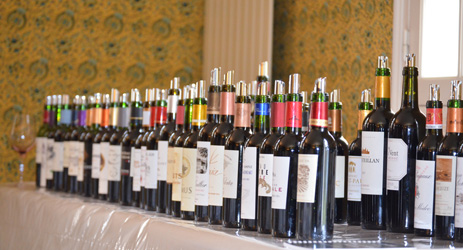
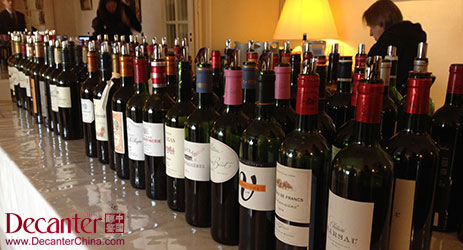
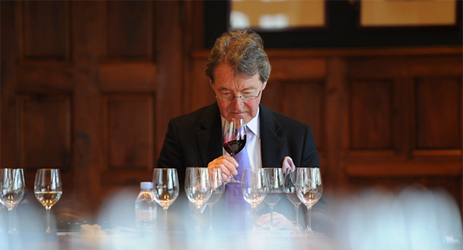
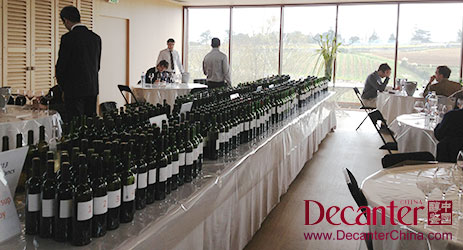
Comments
Submit